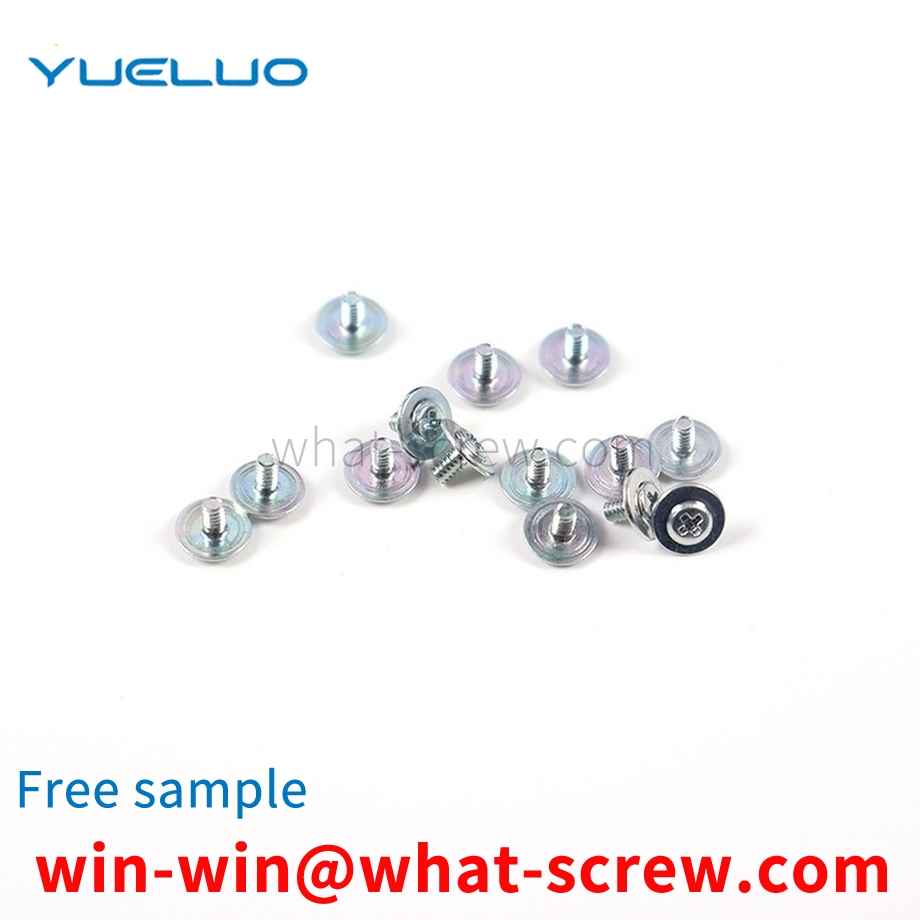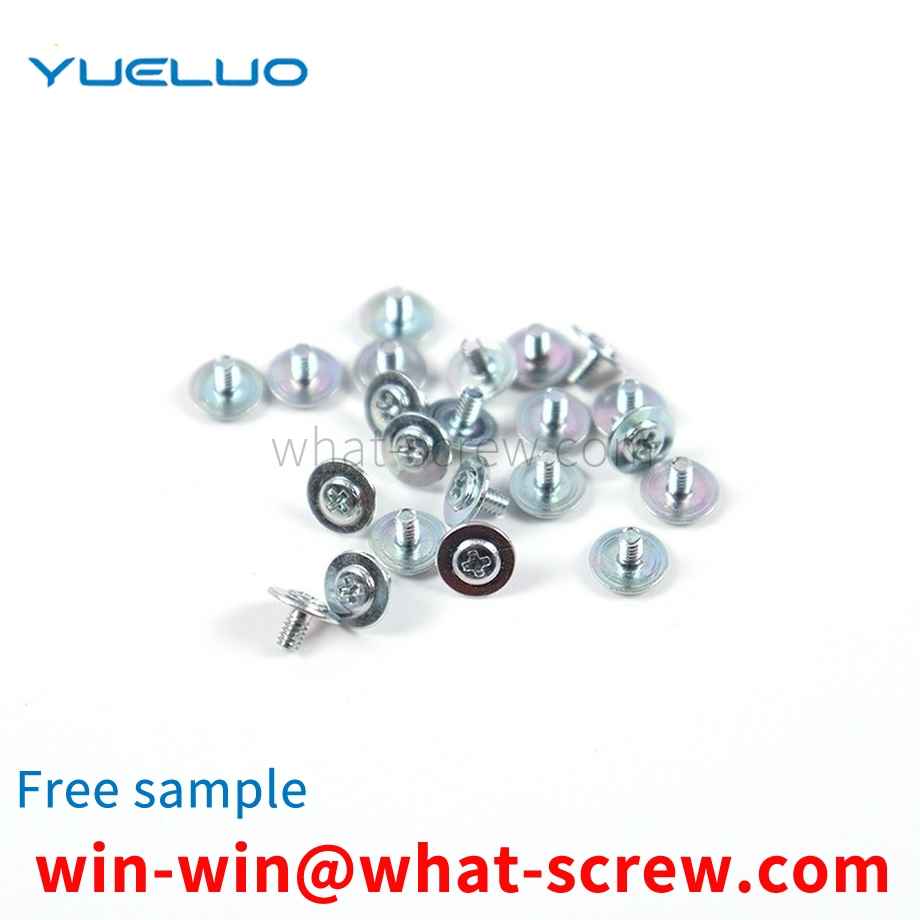The DISC-LOCK lock nut is composed of two parts, each part has staggered cams. Due to the internal wedge design, the slope angle is greater than the nut angle of the bolt, the combination will be tightly bite into a whole, when vibration occurs. When the DISC-LOCK lock nut is staggered, the raised parts of the DISC-LOCK lock nut move with each other to generate lifting tension, so as to achieve a perfect anti-loosening effect.
Due to the high demand for electronic products and the reduction of assembly line workers, in order to cope with the problem of labor shortage, manufacturing factories need to use automatic screw locking equipment to replace manual labor. In the existing automatic locking and paying equipment, most of them use a screw arranging machine to arrange the screws, and an electric screwdriver (electric batch) takes the screws back and forth, or the special equipment blows the screws into the electric batch to send the screws to the electric batch, and back and forth. The method of taking is too time-consuming, and the method of blowing air is not suitable for screws with small aspect ratios.
Stainless steel usually refers to steel that has the ability to resist corrosion by air, water, acid, alkali salt or other medium. Depending on the alloy composition, the focus is on rust resistance and acid resistance. Although some steels are rust-resistant, they are not necessarily acid-resistant, and acid-resistant steels are usually rust-resistant. Austenitic stainless steel is mainly used in the production of fasteners. In people's daily life, the stainless steel often referred to is also austenitic stainless steel. The stainless steel fasteners we use are mainly made of austenitic 302, 304, 316 and low nickel 201 as raw materials.
The hexagonal nut is used in conjunction with screws, bolts and screws to connect and fasten parts. Among them, the Type 1 six-purpose nut is the most widely used. The C-level nut is used for machines, equipment or structures with rough surface and low precision requirements; A-level and B-level nuts are used for relatively smooth surfaces and high precision requirements. machine, equipment or structure. The thickness M of the type 2 hexagon nut is thicker, and it is mostly used in occasions where assembly and disassembly are often required. The thickness M of the hexagonal thin nut is relatively thin, and it is mostly used in situations where the surface space of the connected parts is limited.
In the prior art, the spring washer has a certain anti-loosening effect. However, due to the unreasonable design structure, the upper and lower pressing forces of the spring washer and the spring washer's anti-return force are poorly matched, resulting in the smooth surface and the bolt head. The friction between the nut and the connected parts is small. When the bolt or nut is subjected to strong vibration, the bolt or nut will still loosen. Therefore, the anti-loosening effect of the above spring washer still needs to be improved.
We have many years of experience in the production and sales of screws, nuts, flat washers, etc. The main products are: dish-shaped corrugated washers, external hexagon head bolts, carbon steel color galvanized flat head vertical grain rivet nuts, mechanical nuts and other products, we can provide products such as You have the right fastener solution for you.



















 Service Hotline
Service Hotline




